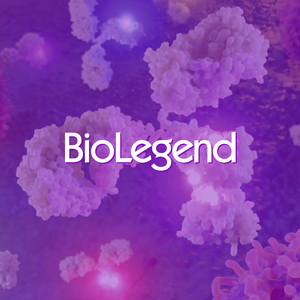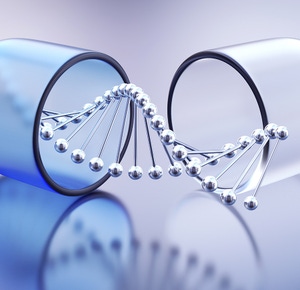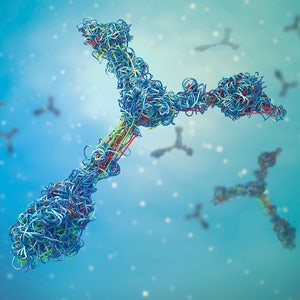Resource Center
Explore Resource Types
All Resources
Filters
145 - 153 of 153 Results
Measuring strong to weak binding interactions with AlphaLISA
Current approaches to identify possible COVID-19 therapeutics
Rapid no wash assays for characterizing a mouse TIGIT/PD-L1 bispecific antibody
Immunogenicity assessment using the AlphaLISA technology
Exploring current and future approaches for targeting KRAS
Bioanalytical methods for biosimilarity assessment
Avoiding biotin interference in AlphaLISA assays
No-Wash IP1 assays are a powerful readout to characterize compounds modulating the FGFR signaling pathway in cancer drug research
Targeted protein degradation: A novel therapeutic strategy for neurodegenerative diseases


Looking for technical documents?
Find the technical documents you need, ASAP, in our easy-to-search library.





































